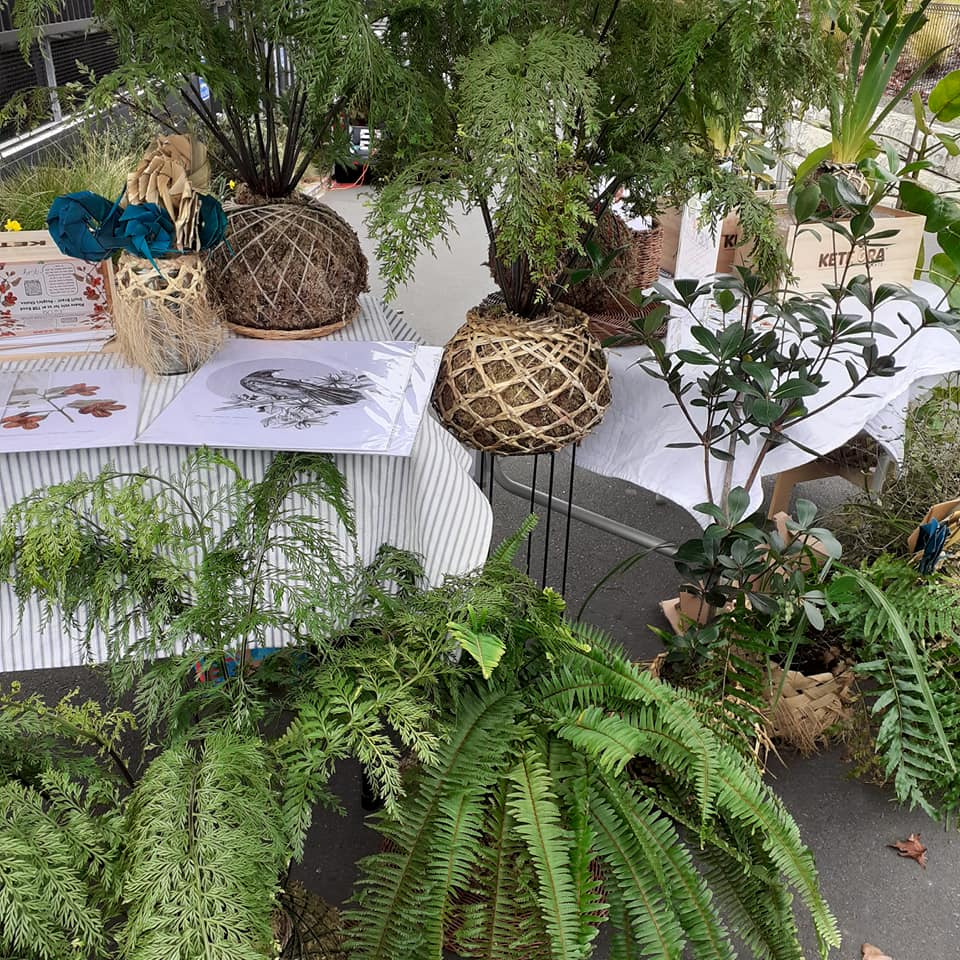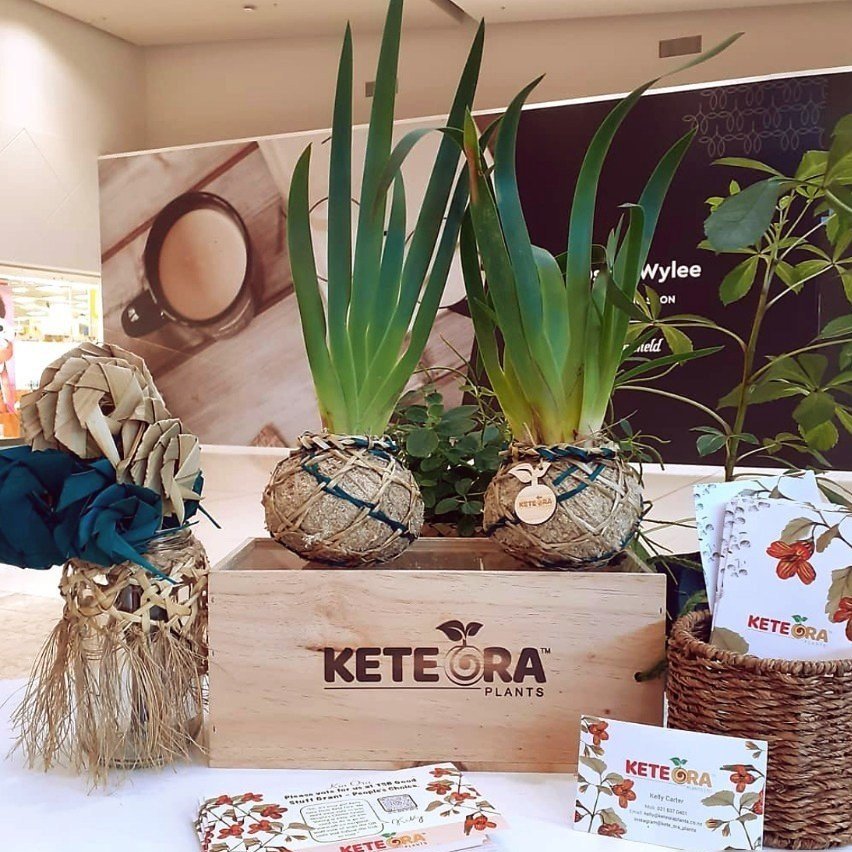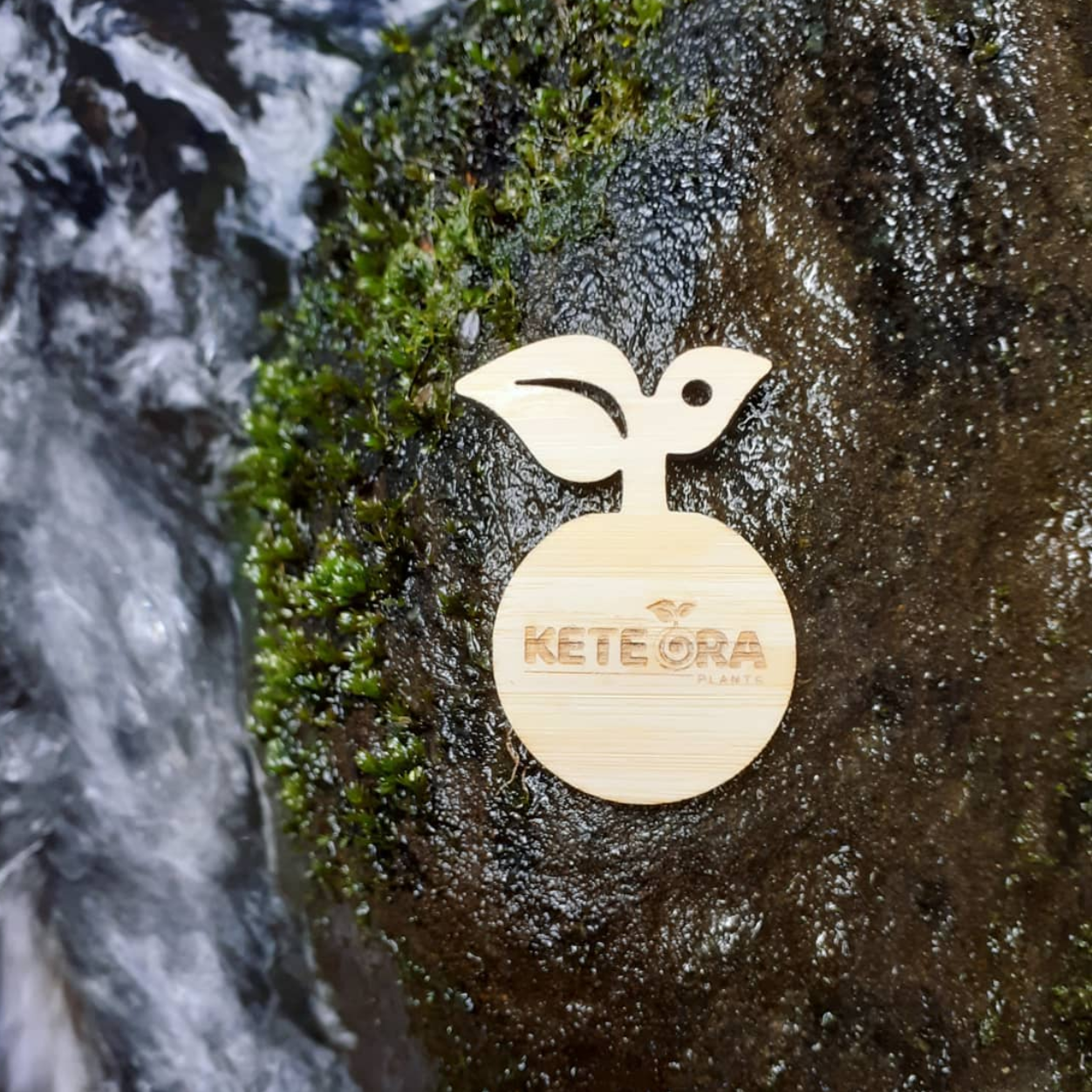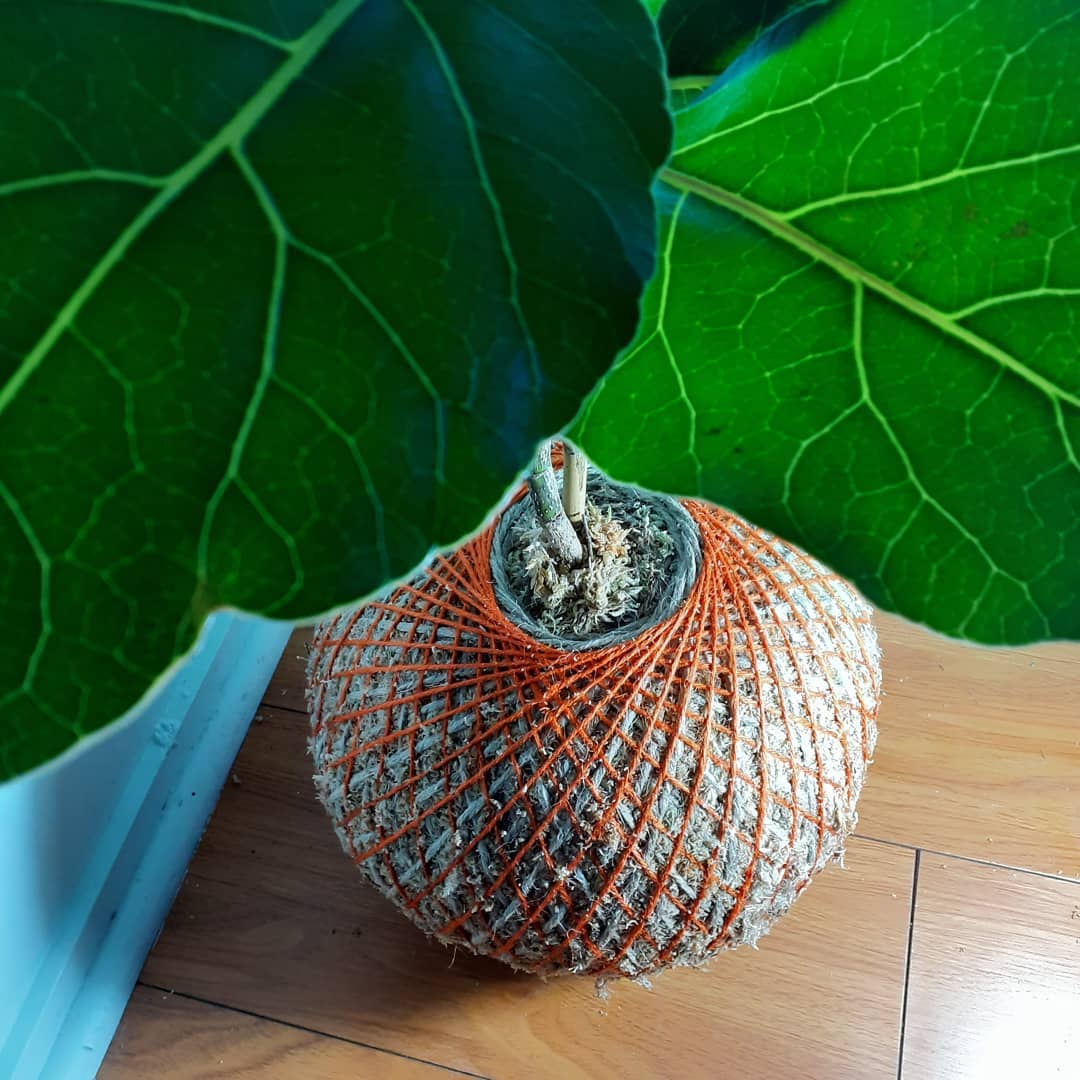The Good Peeps with Kete Ora Plants
Haere mai, welcome!
THE GOOD PEEPS Blog Series features inspiring stories from Kiwis doing good for Papatūānuku, Mother Earth. Our guests open up their world by sharing their journey, dreams and knowledge, for us all to learn and grow from. So let’s get started!
Our very first guest blogger, Kelly from Kete Ora Plants. Welcome and thank you so much for joining us.
We absolutely love what you do. Please tell us a bit more about your services and products, and how it all started.
Firstly, thank you so much for including me on your ‘Good Peeps Series’ I really appreciate your interest in my mahi and helping spread the message of kaitiakitanga, how exciting!
I was ecstatic to see another fantastic company using the beauty of natives to do extraordinary things. Our native plants are so underrated, and you both Claire and Rocky are helping show off their potential!
Let’s get on with it and delve into my mind a little bit, warning I’m a little crazy about plants!
When I started making Kete Ora ‘Baskets of life’ I was hustling at a market stall as one does, but I felt stuck in the market cycle! I met my business mentor who saw potential in what I was doing, which was growing native plants, sharing my knowledge about them, and creating a beautiful product out of a passion for native plants.
It was evident that the Kete Ora Kaupapa had to be ‘to restore the whenua and save native endangered and threatened plant species’ and to encourage others to be kaitiaki of our plant taonga.
I shared my mahi on a facebook page ‘Māori made’ and had some amazing feedback, this led to heaps of opportunitys for gifts, plant design and so much more.
So, I gave plant design a shot which was a challenge but, a fun and beautiful experience, how do you two do it?! It really takes a lot of organisation for plant design and it was fun while it lasted but a little too much for one crazy native plant lady.
I decided that gifts are my way forward but not just any gifts, they had to be gifts that are meaningful. So, with native flora and fauna, the environment and sustainability in mind I designed our Kete Ora Gift boxes the ‘Tūāhuru Whare’ Hot House, ‘Wētā Whare’ Wētā house and ‘Toi Pāka’ Art Box.
Can you tell us a bit more about your business name Kete Ora and what it means to you?
Kete Ora ‘Basket of Life’, when I think about the name the first thing that comes to me is new beginnings for the environment of Aotearoa. They truly are baskets of life!
When people see the name Kete Ora, I want them to be encouraged to jump on board and restore their little patch no matter how big or small. Plants hold the secret to the restoration of our whenua and the planet. We are in a biodiversity crisis and a climate crisis as we speak and if we don’t act fast there will be nothing to act on!
It’s time to change and I believe change for our environment starts with plants. They clean our air and water ways, produce a food source for us and our wildlife and so many more beneficial and essential services, when we restore the forest the rest will follow.
Where did your love and passion for NZ native plants come from? Has your relationship with our natural environment always been so strong?
I feel I have always been really connected to the whenua and ngahere its my space for creativity, self-restoration and an everlasting buzz of curiosity, nature never ceases to amaze me. There is always something to learn, it is a space of education!
My favourite thing about plants is that they have this vibe, it is like they are superior, grand ancient beings that speak to us if you let them, yes, I really am that crazy.
I have always been passionate about plants in general, but I found my passion specifically for natives about 8 years ago when I was studying for my horticulture certificates ‘subcontiously I think I was always passionate about them’.
When I had an assignment to complete about plant amenities (where plants grow and their conditions) and I realised there was a lack of biodiversity in my local forests I was really shocked. There were a lot of native plants growing but they were mostly all the same ones, rewarewa, puriri, Pohutukawa, kowhai, kauri, manuka, kanuka, putaputaweta, karamu, mamaku, koromiko, harakeke. Although it seems like a lot, there wasn’t much going on in between, on the forest floor or in the trees. Considering we have thousands of native plants, there is little to nothing growing where they should be!
Not only have I become passionate about native plants but, I have an appreciation for natural ecology and biodiversity. I am all for growing plants where they should be, not just anywhere and everywhere. I encourage people to do some research on the plants found growing naturally in their area and mimic the natural ecology, but not just the common ones, go on a plant hunt at local native nurseries, contact people to see what they have and add missing biodiversity back into your area.
Together we can restore our whenua,
Together we are kaitiakitanga,
Kaitiakitanga over the land and sea, for they are our treasure.
Kaitiakitanga over the the wildlife and plants, for they are our treasure.
We share the seed and a movement begins,
We plant the seed and the movement continues…
We are so blessed with such unique native flora and fauna here in Aotearoa. If you were to reincarnate into any plant or animal, what would it be and why?
I think everyone knows already but, I am an absolute sucker for Taurepo, Rhabdothamnus solandri. I am so very drawn to the sunshine-coloured flowers and the way they bob about in the breeze. It grows in so many forms like rambling or compact to upright and perfect, it is such an adaptable plant, and I am always in a trance when I’m studying it in my tunnel houses!
If I couldn’t be that I would have to become a patupaiarehe ‘Fairy’ that lives under a Taurepo and gets drunk on its nectar, id train a tui and fly around the forest collecting berries and sprinkling native plant seeds on victim’s gardens.
Those are my only two options, period!!!
How do you practice environmental sustainability in your business?
Here at Kete Ora Plants we believe less is more, we are still working on being completely sustainable but, have started reducing our paper trail before we have even launched anything!
We have done simple things like incorporating QR codes to our products that link directly to our website for more information so, that we don’t have to print with ink “even though the ink we print with is environmentally friendly” and use up paper.
We have also brought up plastic packaging as a problem to our suppliers, how could we claim we are sustainable when our products are wrapped in the most unsustainable material on the planet, PLASTIC!
However, a couple of our products have Perspex incorporated into their designs as there is no alternative for now but, Perspex is recyclable, durable and we have tips on ways to reuse it for a more than once purpose.
I practice sustainability in my horticulture profession like collecting rainwater for the plants, using organic fertilisers, composting organic matter from the products, eco-sourcing my own native plant seed and other little things too.
Also, most of the products we use to make our own products are 100% sustainable from locally sourced growing medium, plants purchased at small local native plant nurseries to the sphagnum moss harvested by hand in Hokitika!
Ko au te taiao, ko te taiao ko au!
I am part of nature and nature is a part of me!
Your plants always look so lush and healthy. What would be your best tip for people starting their plant / gardening journey?
For the outdoor gardener my first tip would be to understand the whenua you are on, what naturally grows in your area, watch the sun patterns for a few days and bear in mind daylight savings, what way does the wind come from, check the quality of the soil, and figure out what it needs and build your foundation before you start anything else.
For the indoor gardener I would say the same, know your space. Where do you want your plants and how much sunlight do these areas get? Start slowly by getting one plant, if you haven’t had a plant indoors before it is basically going to be your guinea pig for experiment so make sure it’s cheap! Tune into your plant and find out its wants and needs, research the plant name to learn about it. Tailor the care of your plant based on the conditions you have provided it. If it dies, no biggy it was a guinea pig after all, go get another one!
Do you have any upcoming projects or big plans for your business you’d like to share with us?
There is lots more going on behind the scenes that is top secret, but our website will be launching soon, and I can’t wait to share the products I have created from a passion for native plants and the health of the whenua of Aotearoa. Our Kete Ora Gift Boxes are our biggest projects to date and completely designed by me, so I will share a bit of insight.
All my products are created not only to restore the whenua and save natives, but they are designed to encourage the people of Aotearoa to become a kaitiaki!
So, I made it a little easier to take kaitiakitanga by creating products that anyone can use. All our gift boxes transform into something that helps the environment and is educational.
‘Tūāhuru Whare’ Hot House – designed as a miniature hot-house to grow our custom native plant seed mix and your own little ngahere.
‘Wētā Whare’ Wētā house – designed to create a safe space in the garden for native insects, specifically Wētā.
‘Toi Pāka’ Art Box – designed to educate others about our native flora and fauna through artwork, I believe sharing knowledge is kaitiakitanga. Our amazing artist Jordyn Baker has created beautiful, meaningful, and educational art pieces. Our first edition called Past and Present.
And all our gift boxes come with a at risk, threated or endangered native plant that is made into a Teina Kete Ora (a baby plant in a kete ora).
Once again thank you so much for featuring me on your beautifully curated platform, you are both kaitiaki in my eyes, goddesses of the ngahere, Mauri Ora!
Learn more about Kete Ora Plants via the links below:
https://www.instagram.com/kete_ora_plants/











